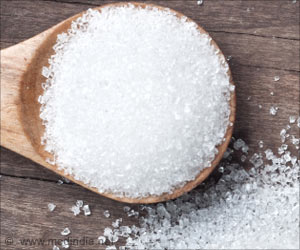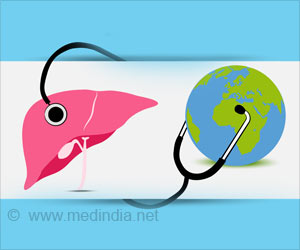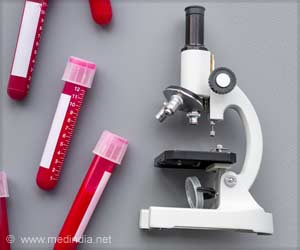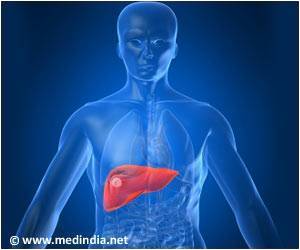After all these years it had been believed that there were no more mysteries to solved regarding folate and there was nothing much about the biochemical process of bacteria that need to be known. The identity of the new enzyme by Johns Hopkins researchers has come as a great surprise. The report appears in the May 15 issue of Structure.
“It was really quite a surprise when we realized we had discovered the unknown player in how bacteria make the B vitamin folate, a player that we’ve known of since 1974,” says study author L. Mario Amzel, Ph.D., professor and director of biophysics and biophysical chemistry at Hopkins. “Basic research can be so serendipitous at times.”Amzel and colleague Maurice Bessman and their labs were in the middle of systematically characterizing how members of a family of related enzymes in bacteria can recognize specific molecules. With each family member, they isolated purified enzyme, grew crystals of pure enzyme, and figured out the enzyme’s 3-D structure by using techniques that use X-rays.
Armed with the 3-D structure, they then used computer modeling to analyze how the enzyme binds to and acts on another molecule, its substrate.
“We still didn’t know that it was anything special until Maurice started searching old publications,” says study author Sandra Gabelli, Ph.D. “As it turns out, Suzuki and coworkers in 1974 had published evidence of an enzyme in the bacteria E. coli with similar characteristics to ours that could initiate folate biosynthesis.” “So we had to ask, Can the bacteria make folate if we remove the orf17 gene"” says Amzel. Bessman and colleagues then “knocked-out” the gene and, predictably, the bacteria made 10 times less folate than usual.
“It was such a sweet discovery,” says Gabelli. “It’s scientific discovery the old-fashioned way, finding something we weren’t looking for.”
The mechanics behind how bacteria make folate are of particular interest to scientists who want to design more powerful antibacterial drugs. Humans cannot make folate because they do not have any of the same molecular machinery. Therefore, it’s possible to design drugs that target the bacterial folate machinery that would not lead to side effects in humans.
Advertisement
Source-Eurekalert
BIN/B






